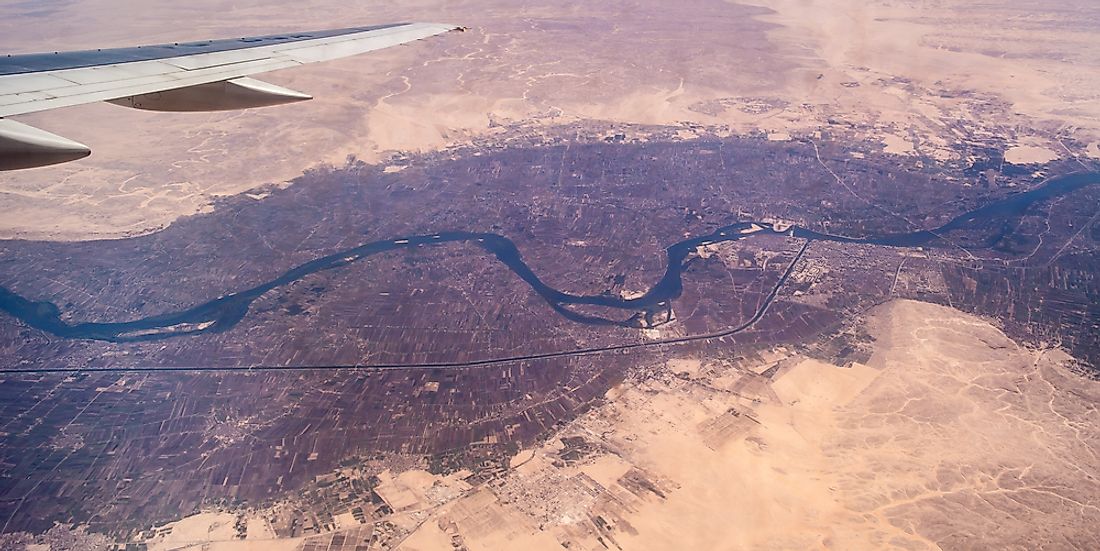What is a Megalopolis?

A megalopolis is formed when several urban areas that had been separated for a while merge to form one huge metropolitan region over time due to the growth and expansion of the fragmented urban centers. For a region to qualify as a megalopolis it has to have at least 10 million inhabitants, it must be a conglomeration of more than two urban areas, and it has to be well supplied with a developed network of infrastructure. Nearly every continent has megalopolises strewn across different countries.
Africa
In Egypt, there is the Cairo-Qalyubia-Giza-Helwan megalopolis that is home to 16 million inhabitants. There is also the Nile River Delta that stretches from Alexandria to Port Said covering an area of about 18,000 square miles with a combined population of approximately 41 million people. There is the Gauteng City Region down in South Africa that combines Pretoria, Midrand, Vaal Triangle, Johannesburg, and Centurion with 10 million people. In Morocco, the El Jadida-Rabata-Casablanca-Kenitra megalopolis stretches for about 200 miles and has a population of 11 million. In Kenya, there is the Nairobi Metropolitan region that consists of Murang'a-Kajiado-Nairobi-Kiambu-Machakos with a population of 10 million people.
Europe
Europe has some of the largest megalopolises in the world that include the Blue Banana which is a continuous urban corridor that stretches from North Wales to Northern Italy passing through 8 states with a combined population of about 110 million. There is the Golden Banana which extends from Valencia to Genoa covering five countries and with a population of 45 million inhabitants. There is also the Green Banana which is an urbanization belt that starts from Poland all through to Italy with a population of 40 million. Each of the European countries also has their small megalopolises within them that join important cities.
The Americas
There is the Great Lakes megalopolis that stretches from Canada up north to the United States covering numerous provinces and states from each country with a population of 60 million people. There is the Southern California megalopolis that covers cities from Mexico to the state of California with a combined population of about 29 million inhabitants. Argentina has the Greater Buenos Aires megalopolis that stretches across major cities like Buenos Aires, Quilmes, and Merlo with more than 13 million people. The Sao Paulo megalopolis in Brazil has more than 32 million people and stretches across the cities of Campinas and Sao Paulo. The Greater Rio de Janeiro has more than 12 million people and extends from Rio to Sao Goncalo.
Upsides and Downsides of Megalopolises
The advantages of living in a megalopolis presents more job opportunities. Most are well developed with modern infrastructure that tends to attract investments that create jobs. There is also a very high level of diversity associated with such urban areas. The downside to this, however, is the ever-persistent high-level crime that comes with such huge populations. The prices of commodities like housing are also extremely high, and this usually results in the popping up of slums in the outskirts of such urban areas that attract all manner of hoodlums and increasing insecurity. There is also the issue of poor sanitation that is created by poor planning and overpopulation.











